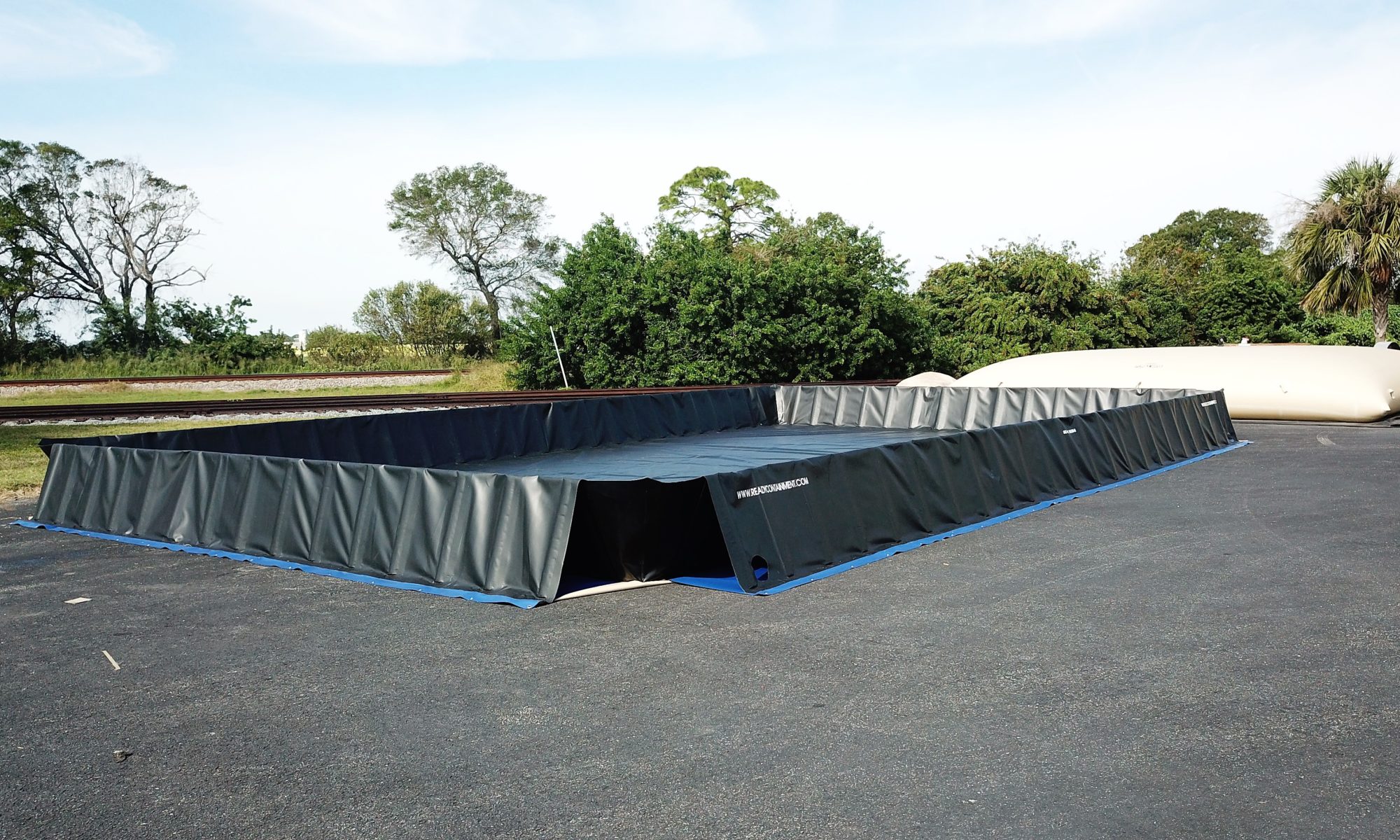In the realm of environmental safety and compliance, both spill containment and secondary spill containment play crucial roles in preventing harmful substances from affecting the environment, personnel, and facilities. While they may sound similar, they serve distinct purposes and have different applications. Below,
Spill Containment
Definition: Spill containment refers to the primary measures and systems put in place to hold, store, or manage potentially hazardous substances. This containment ensures that materials are kept securely and can be managed properly if there’s a release.
Features and Uses:
- Primary Storage: It’s the first line of defense. Containers like drums, tanks, and vessels are used to store hazardous materials.
- Immediate Response: In case of a minor spill during transfer operations, spill containment devices like trays and drip pans capture the leaks.
- Safety Barrier: Mats, berms, and pallets are often used to provide a protective barrier against spills during routine operations.
Secondary Spill Containment
Definition: Secondary spill containment is an added layer of protection designed to catch hazardous materials in the event that the primary spill containment system fails.
Features and Uses:
- Backup Safety: It serves as a backup to primary containment systems. If the primary system leaks or overflows, the secondary system is in place to prevent environmental contamination.
- Larger Capacity: Typically, secondary systems have a capacity to contain at least 10% of the total volume of the primary container or 100% of the largest container’s volume, whichever is greater.
- Regulatory Compliance: Many jurisdictions require secondary spill containment for certain hazardous materials as a way to protect groundwater, soil, and surrounding environments.
In Summary:
While spill containment focuses on the primary storage and immediate response to hazardous material spills, secondary spill containment serves as a backup protection system to ensure safety and regulatory compliance. By understanding and implementing both, businesses can ensure they are taking comprehensive precautions against potential spill-related hazards. Remember, when managing hazardous materials, it’s always better to be safe with multiple layers of protection.
